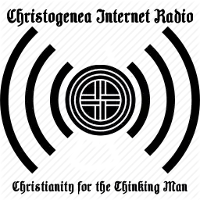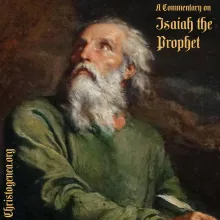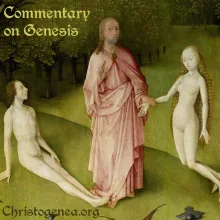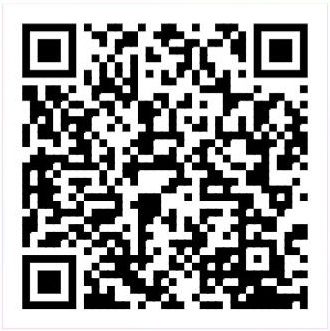On the Wisdom of Solomon, Part 5: Portrait of the Messiah
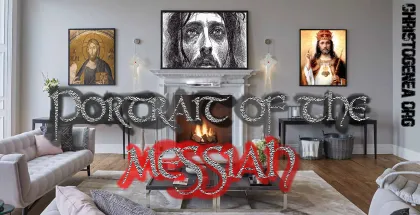
On the Wisdom of Solomon, Part 5: Portrait of the Messiah
In the first part of this second chapter of the Wisdom of Solomon, we saw a Portrait of the Wicked, which is actually a timeless description of some of the natural tendencies of wicked men. Now we shall see more of those tendencies described in relation to the attitude of the wicked towards the righteous. They are portrayed as declaring their own concept of righteousness and seeking to uphold it forcibly by the might of their own strength, which is a manifestation of the pagan and humanist phenomenon of “might makes right”, and which in turn is really only the law of the jungle and justifies tyranny. With this attitude, the wicked are portrayed as justifying the oppression of the weak, the elderly, and the righteous in their pursuit to gratify their own fleshly desires.
Yet the truly righteous man is an obstacle to the wicked, because he declares to them their sin and stands firmly in opposition to them on account of their sin. So they are depicted as saying, as we would translate verse 12 of the chapter: “Therefore let us lie in wait for the righteous; because he is intractable to us, and he is opposed to our works: he reproaches us for our transgressions of the law, and imprecates the transgressions of our education.” There we also see that in spite of the fact that they seek to implement their own law, the wicked nevertheless are forced to acknowledge that there is a greater law by which the righteous condemn them, and for that alone they hate the righteous and seek to destroy them.





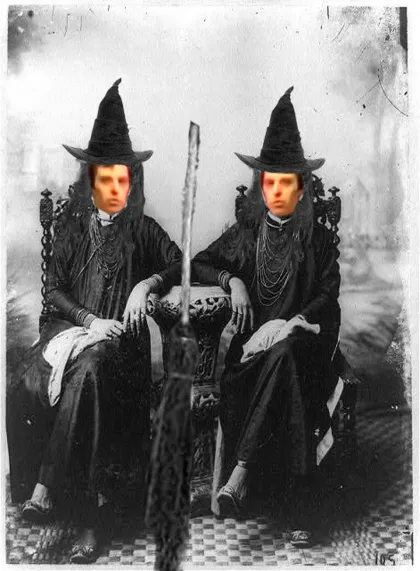
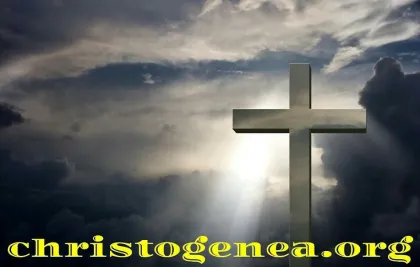

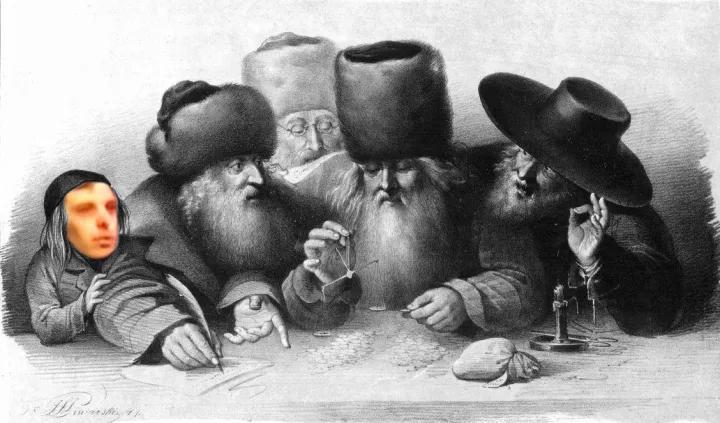



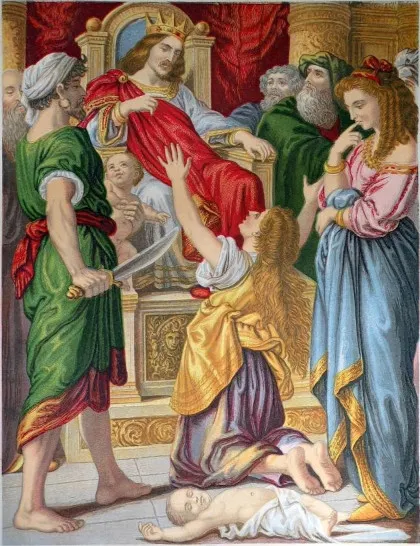

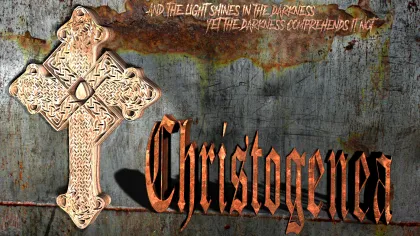







 Please click here for our mailing list sign-up page.
Please click here for our mailing list sign-up page.

